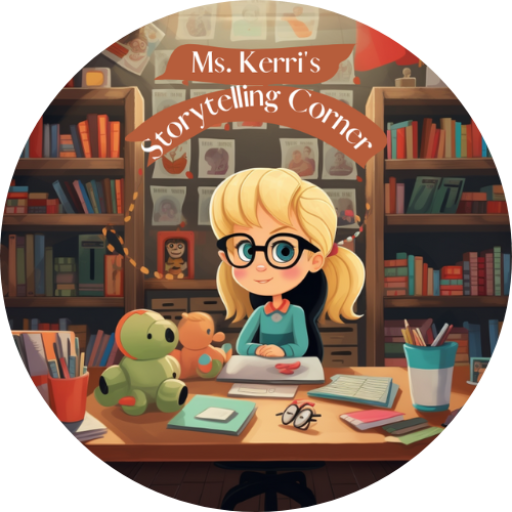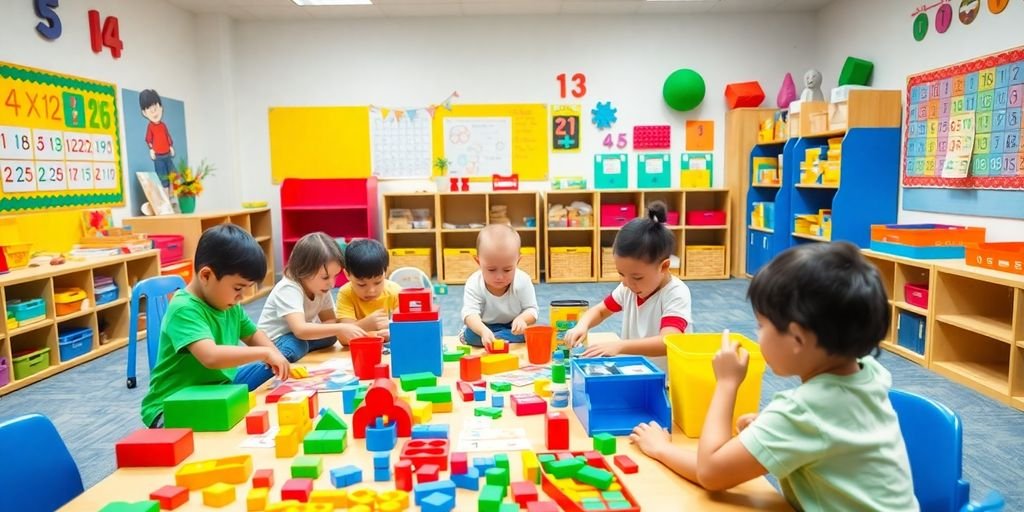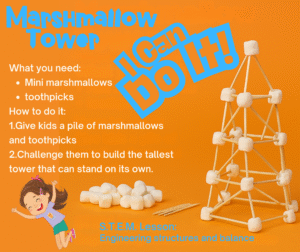Setting up kindergarten math centers can be a game changer for early learners. These centers provide students with a chance to explore mathematical concepts through hands-on activities that keep them engaged and excited about learning. In this article, we’ll go through how to create effective math centers that promote active participation and understanding in young children. Let’s dive into the essentials of establishing successful kindergarten math centers!
Key Takeaways
- Hands-on learning is vital for young children to grasp math concepts.
- Incorporating play into math activities makes learning fun and engaging.
- Organizing centers effectively can enhance student focus and participation.
- Clear expectations help manage behavior and promote independence in centers.
- Using a variety of manipulatives can cater to different learning styles.
Creating Engaging Kindergarten Math Centers

Importance of Hands-On Learning
Kindergarteners learn best by doing, not just listening. Hands-on learning makes math real and fun. Think about it: kids are naturally curious and love to explore. Math centers give them a chance to do just that! Instead of worksheets, they’re building, sorting, and playing, all while learning important math concepts. It’s way more engaging than just sitting and listening, and it helps them remember what they’ve learned.
Incorporating Play into Math
Let’s be honest, if it feels like work, kids aren’t going to be into it. That’s why play is so important in kindergarten math centers. Turn math into a game! Use building blocks, puzzles, and even dress-up to teach numbers, shapes, and patterns. For example, you could have a center where kids use toy cars to practice counting or a station where they sort different colored bears. The possibilities are endless! The key is to make it fun and engaging so they don’t even realize they’re learning. You can use a rotation board to keep track of the different activities.
Setting Up a Welcoming Environment
Imagine walking into a classroom that feels cold and sterile. Not very inviting, right? The same goes for math centers. You want to create a space that’s warm, inviting, and encourages exploration. Here are a few ideas:
- Use bright colors and fun decorations.
- Make sure the centers are well-organized and easy to navigate.
- Include comfortable seating options, like beanbag chairs or cushions.
A welcoming environment can make all the difference in how kids approach math. If they feel comfortable and safe, they’re more likely to take risks and try new things. It’s all about creating a positive association with math.
Also, consider adding some soft music or nature sounds to create a calming atmosphere. Remember, the goal is to make math centers a place where kids want to be. You can also use math mini-lessons to introduce new concepts.
Types of Kindergarten Math Centers
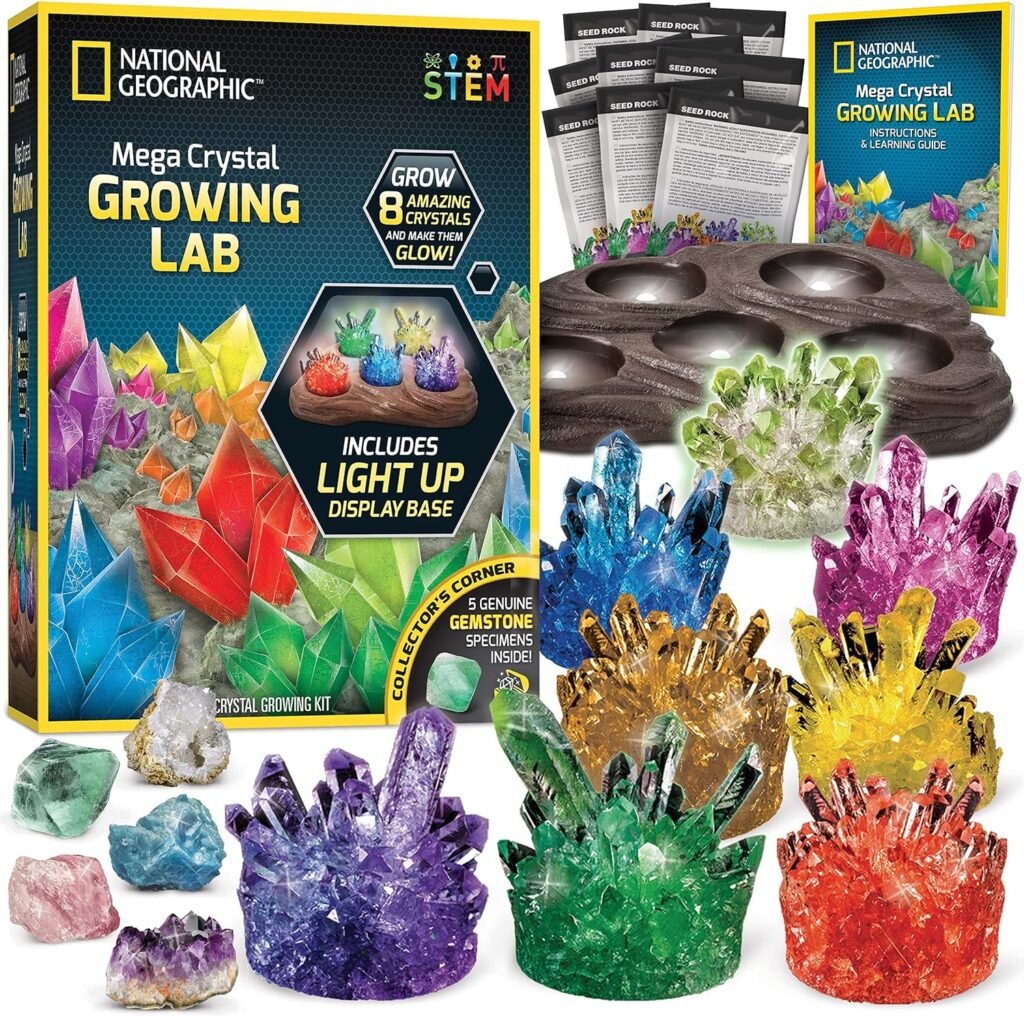
Math By Myself Activities
This center is all about independent practice. Kids work on activities alone, reinforcing skills they’ve already learned. At the start, keep it simple. For example, students can use play-doh to form numbers, focusing on numbers 0-5, then 0-10, and eventually 0-20 as they progress. The key is to provide tasks that children can complete without constant help, building their confidence and self-reliance.
Collaborative Math Games
Math isn’t always a solo mission! Collaborative math games teach kids to work together, share, and communicate mathematically. A good starting point is a number puzzle where children match numbers with pictures, tallies, or tens frames. The focus here is less on getting the right answer every time and more on the process of teamwork and problem-solving together. It’s about learning to share materials and achieve a common goal.
Technology Integration in Math
Technology can be a great way to spice up math learning. There are tons of apps and websites designed for early math skills. Think interactive games that cover counting, shapes, or simple addition. The trick is to choose resources that are both educational and engaging, and to make sure kids know how to use them properly. It’s a good idea to have a specific task or goal for their tech time, so it doesn’t just turn into free play. For example, they could use an app to practice number sequencing and then record their highest score in a math journal.
Integrating technology into math centers can be a game-changer, but it’s important to balance screen time with hands-on activities. The goal is to use technology as a tool to enhance learning, not to replace traditional methods.
Planning and Organizing Math Centers

Scheduling Center Time
Okay, so you’re ready to get those math centers going! First things first: when are you actually going to do them? It’s easy to get excited and then realize you haven’t figured out how it all fits into your day. I like to think about math centers as an addition to our regular math time, not a replacement.
Here’s what works for me:
- Start small: Begin with just one center a day and slowly build up to two. This helps the kids (and you!) get used to the routine.
- Use a visual schedule: A chart on the smartboard showing the center schedule is a lifesaver. The kids know exactly where they need to be and when.
- Keep it consistent: Try to do centers at the same time each day. Predictability is key for kindergarteners.
I’ve found that short, focused center times are way more effective than long, drawn-out ones. Aim for around 15-20 minutes per center, especially at the beginning of the year.
Grouping Students Effectively
Grouping students is where the magic happens! You want to make sure everyone is challenged but not frustrated. I like to group kids by skill level, but there are other ways to do it too.
Here are a few ideas:
- Skill-based groups: This is my go-to. I assess the kids and put them in groups based on what they need to work on. I use color-coded pouches to organize the activities for each group.
- Mixed-ability groups: Sometimes, it’s nice to mix things up and have kids of different skill levels work together. This can be great for peer teaching and collaboration.
- Interest-based groups: If you have a center that focuses on a particular topic (like dinosaurs or space), you could group kids based on their interest in that topic.
To keep track of groups, I use a simple chart like this:
| Group | Students | Focus Area |
|---|---|---|
| Red | [Student Names] | Number Recognition |
| Blue | [Student Names] | Counting to 20 |
| Green | [Student Names] | Simple Addition |
Rotating Through Centers
Rotation is key to keeping things moving and making sure everyone gets a chance to do all the activities. The key is to make the rotation process as smooth and independent as possible.
Here’s how I manage rotations:
- Use a timer: A timer is your best friend! Set it for the amount of time you want the kids to spend at each center. When it goes off, it’s time to rotate.
- Post a rotation chart: A visual chart showing where each group needs to go next is essential. This helps the kids stay on track and reduces confusion.
- Practice the rotation: Before you start centers, practice the rotation process with the kids. This will help them understand what to do and where to go.
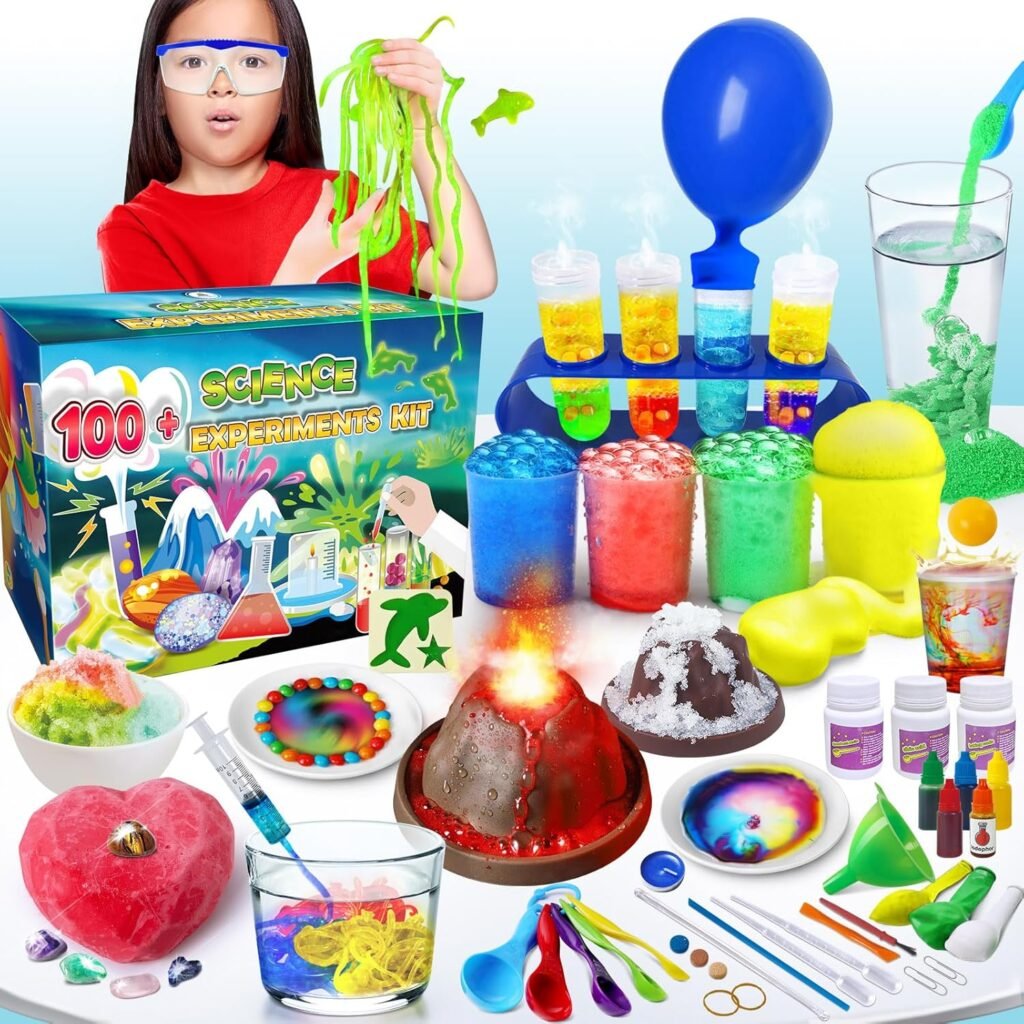
Managing Student Behavior in Math Centers
Establishing Clear Expectations
Setting clear expectations is the first step in managing behavior in math centers. Kindergarteners thrive on knowing what’s expected of them. Make sure they understand the rules, procedures, and goals for each center. For example, before starting math centers, review the rules together. This could include things like using quiet voices, staying in their assigned area, and cleaning up materials before moving on. A visual reminder, like a chart with pictures, can also be helpful. It’s also important to teach them how to ask for help appropriately, like raising a hand instead of shouting.
Encouraging Independence
Fostering independence is key to smooth-running math centers. The goal is for students to complete activities with minimal teacher intervention. Here’s how:
- Prepare materials: Have all necessary supplies readily available at each center. This prevents students from wandering around looking for things and disrupting others.
- Use visual instructions: Include picture directions or simple step-by-step guides at each center. This helps students understand what to do without constantly asking for help.
- Offer choice: When possible, provide a few activity options within a center. This gives students a sense of ownership and increases engagement. For example, at the number recognition center, they might choose between matching numbers, tracing numbers, or building numbers with blocks.
By encouraging independence, you not only free up your time to work with small groups, but you also help students develop problem-solving skills and self-confidence.
Monitoring Student Progress
Keeping an eye on student progress during math center time is important for both behavior management and academic growth. Observational assessments are a great way to do this. Walk around the room, observe students as they work, and make notes on their engagement, understanding, and behavior. You can use a simple checklist to track specific skills or behaviors. For example, note if a student is able to manage math manipulatives appropriately or if they are following the center’s directions. This information can then be used to inform future instruction and adjust center activities as needed. It’s also helpful to have students reflect on their own learning. A quick exit ticket, where they rate their understanding of the activity, can provide valuable insights.
Incorporating Math Manipulatives

Math manipulatives are super important in kindergarten. They help kids actually see and touch math concepts, making everything way less abstract. It’s one thing to say “3 + 2 = 5,” but it’s another thing entirely to let a kid put three blocks together with two more and count them.
Choosing the Right Manipulatives
Okay, so you can’t just throw any old thing at the kids and call it a math lesson. You need to think about what you’re teaching. Are you working on counting? Then maybe you want small counters, like little bears or cubes. Are you teaching shapes? Then pattern blocks are your friend. The key is to pick manipulatives that directly relate to the skill you’re trying to build. Here’s a quick list:
- Counting: Cubes, bears, buttons
- Shapes: Pattern blocks, attribute blocks
- Addition/Subtraction: Two-color counters, number lines
- Place Value: Base ten blocks (though maybe save these for later in the year)
Using Everyday Items
You don’t always need to buy fancy stuff. Seriously, check your junk drawer! Buttons, beans, pasta shapes – all of these can be great math tools. Even rocks from outside can work. The best part about using everyday items is that they’re free (or close to it), and kids can relate to them. Plus, it shows them that math is everywhere, not just in the classroom.
Creating Custom Manipulative Kits
To keep things organized, I like to make little kits for each center. I use those small plastic containers you can get at the dollar store. Each kit has everything a kid needs for that activity. For example, if they’re working on comparing numbers, the kit might have two sets of number cards and a pile of counters. This way, everything is in one place, and you’re not constantly running around trying to find missing pieces. It also makes cleanup way easier. Trust me, your sanity will thank you.
Using manipulatives isn’t just about making math fun (though it definitely does that!). It’s about helping kids build a solid foundation of understanding. When they can see and touch the math, they’re much more likely to remember it and be able to apply it later on.
Assessing Learning in Math Centers
Observational Assessments
Okay, so you’ve got these awesome math centers running, but how do you actually know if the kids are learning anything? One of the easiest ways is just to watch them. Seriously! Just walk around and observe. Are they engaged? Are they understanding the concepts, or are they just moving pieces around?
- Note which students are struggling.
- See who is helping others.
- Notice the strategies they are using.

Using Checklists and Rubrics
Checklists and rubrics can be super helpful for keeping track of what each student is doing. I like to have a simple checklist for each center that lists the key skills being practiced. You can quickly mark whether a student is demonstrating understanding, needs more support, or hasn’t quite grasped the concept yet. Rubrics can give you a more detailed view of their progress. For example:
| Skill | Beginning | Developing | Accomplished |
|---|---|---|---|
| Number ID | 1-5 | 1-10 | 1-20 |
| Shape Sorting | Sorts by color | Sorts by shape | Sorts by size |
| Pattern Making | Simple AB | ABC | Complex |
Incorporating Student Reflections
Don’t forget to get the kids involved in assessing their own learning! It doesn’t have to be complicated. Even a simple thumbs up/thumbs down after completing a center can give you valuable insight. You can also have them draw a picture or write a sentence about what they learned. It’s amazing what you can learn when you ask them!
Getting kids to think about their own learning is a game changer. It helps them become more aware of what they know and what they still need to work on. Plus, it gives you a peek into their understanding that you might not get otherwise.
Tips for Successful Math Center Implementation
Building Stamina for Center Work
Getting kindergarteners used to math centers takes time. Start with shorter center times and gradually increase them as the students become more accustomed to the routine. It’s like building any skill; you wouldn’t expect them to run a marathon on day one! Begin with 10-15 minute intervals and slowly work your way up to 20-25 minutes. Also, make sure the activities are engaging enough to hold their attention. If they’re bored, they’ll lose focus quickly.
Engaging Families in Math Learning
Involving families can significantly boost the impact of your math centers. Send home simple activities that reinforce the concepts learned in class. This could be anything from counting objects around the house to playing simple board games that involve number recognition.
Here are some ideas:
- Provide families with a list of math-related apps and websites.
- Host a family math night where parents and children can participate in math center activities together.
- Send home newsletters with tips on how to incorporate math into everyday routines.
By partnering with families, you create a supportive learning environment that extends beyond the classroom. This helps solidify the concepts taught in math centers and shows parents how they can actively support their child’s learning.
Adapting Centers for Diverse Learners
Not all students learn at the same pace or in the same way. It’s essential to adapt your math centers to meet the needs of diverse learners. This might involve providing different levels of activities within the same center or offering alternative ways for students to demonstrate their understanding. For example, some students might benefit from using manipulatives, while others might prefer drawing pictures or writing equations. Consider offering varied math small group instruction to provide targeted support.
Here’s a simple way to differentiate:
| Level | Activity | Materials | Support |
|---|---|---|---|
| Beginner | Matching numbers to quantities (1-5) | Number cards, object cards | One-on-one assistance, visual aids |
| Average | Solving simple addition problems (up to 10) | Number lines, counters | Small group instruction, peer tutoring |
| Advanced | Creating and solving word problems | Blank paper, pencils, math vocabulary | Independent work, challenge questions |
Wrapping Up Your Kindergarten Math Centers
Setting up math centers in your kindergarten classroom can really change the game for your students. It’s all about giving them a chance to explore and practice what they’ve learned in a fun way. Remember, the goal is to keep things simple and engaging. Start small, build up their stamina, and make sure they know what’s expected of them. With a bit of planning and organization, you can create a space where kids feel excited to learn and grow. So, go ahead and give it a shot! Your students will thank you for it.

Frequently Asked Questions
What are math centers, and why are they important?
Math centers are areas in the classroom where students can work on math activities independently or in small groups. They are important because they help students practice math skills in a fun and engaging way.
How do I set up math centers in my classroom?
To set up math centers, first choose a variety of activities that focus on different math skills. Organize the materials and create a schedule for students to rotate through the centers.
What types of activities should I include in math centers?
You can include activities like puzzles, games, hands-on manipulatives, and technology-based tasks. Make sure to vary the activities to keep students interested and engaged.
How can I manage student behavior during math centers?
Establish clear expectations for behavior and tasks at each center. Encourage students to work independently and monitor their progress to keep them focused.
How do I assess student learning in math centers?
You can assess learning through observations, checklists, and rubrics. It’s also helpful to have students reflect on what they learned after each center activity.
What tips do you have for making math centers successful?
Plan your centers carefully, build student independence, and keep activities organized. Engaging families in the learning process can also enhance the success of your math centers.


Ms. Kerri’s Corner provides a exciting virtual space for preschool learning. Through a variety of engaging activities, she exposes young minds to early math, literacy, science and social-emotional skills in a developmentally appropriate way. Centers for blocks, art, books and music allow children to explore hands-on learning at their own pace. Guided lessons subtly introduce number sense, letter sounds and narrative thinking. Careful observation gives insight into each child’s progress across domains. Viewers are also invited to participate, reinforcing that their ideas are valued. By making learning fun yet purposeful, Ms. Kerri lays the groundwork for future academic success while fostering creativity and imagination. Her program offers preschoolers valuable screen-based learning experiences.
